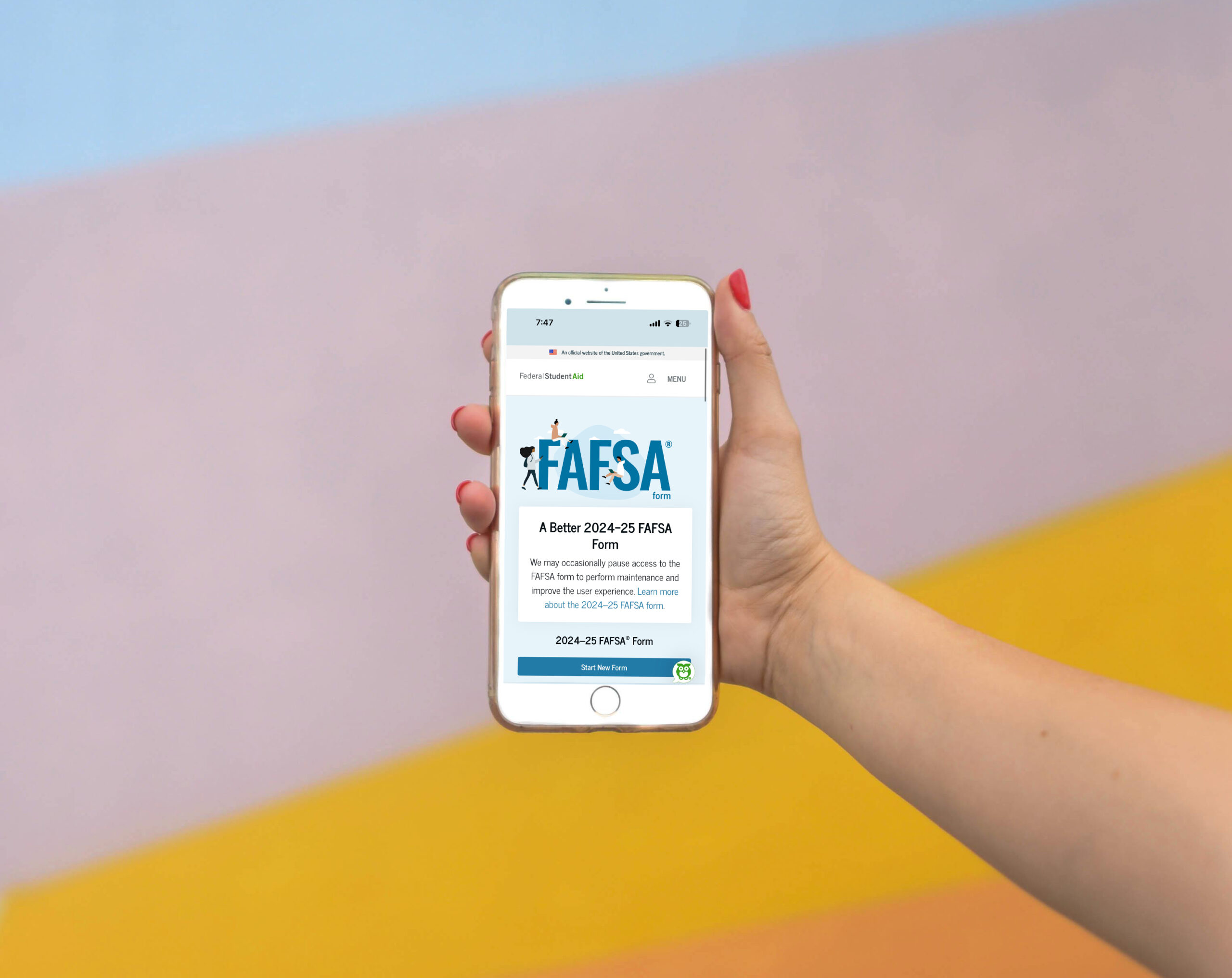The H-1B visa program allows U.S. companies to hire highly skilled foreign workers for specialized jobs that cannot be filled by domestic talent. The program is highly competitive, with a limited number of visas available each year. The recent registration system introduced by USCIS is less burdensome for employers, as the paperwork and documentation is only submitted after the H-1B lottery results are revealed. The H-1B cap initial registration period is a crucial part of the application process, and it’s important for employers and foreign workers to understand how it works.
What is the H-1B Cap Initial Registration Period?
The H-1B cap initial registration period is a window of time during which employers can register their intent to sponsor foreign workers for H-1B visas. This registration period typically occurs in March of each year, and it is a mandatory step in the H-1B visa application process.
During the registration period, employers submit basic information about themselves and the foreign workers they wish to sponsor for H-1B visas. This information includes the employer’s name, address, and FEIN (Federal Employer Identification Number), as well as the foreign worker’s name, country of birth, and education level.
After the registration period closes, U.S. Citizenship and Immigration Services (USCIS) conducts a lottery to randomly select a certain number of registrations. These selected registrations are then eligible to move on to the next stage of the H-1B application process.
How Does the H-1B Cap Work?
The H-1B visa program has an annual cap of 85,000 visas, with 65,000 visas reserved for foreign workers with bachelor’s degrees or equivalent, and an additional 20,000 visas reserved for foreign workers with advanced degrees from U.S. universities.
Because the number of H-1B visas is limited, the program is highly competitive. In recent years, the demand for H-1B visas has far exceeded the available supply, leading to a lottery system to determine which applications will be selected.
The H-1B cap initial registration period is designed to streamline the application process by allowing USCIS to identify which employers are interested in sponsoring foreign workers for H-1B visas before the full application process begins. This helps USCIS to better manage the number of applications it receives and to conduct the lottery more efficiently.
What Happens After the H-1B Cap Initial Registration Period?
After the H-1B cap initial registration period, USCIS conducts a lottery to randomly select a certain number of registrations. These selected registrations are then eligible to move on to the next stage of the H-1B application process, which involves submitting a full H-1B petition.
The full H-1B petition includes more detailed information about the employer and the foreign worker, as well as evidence that the job meets the H-1B requirements and that the foreign worker is qualified for the position.
If the full H-1B petition is approved, the foreign worker can then apply for an H-1B visa at a U.S. consulate or embassy outside of the United States.
Conclusion
The H-1B visa program provides a valuable opportunity for U.S. companies to hire highly skilled foreign workers for specialized jobs. The H-1B cap initial registration period is a crucial part of the application process, and it’s important for employers and foreign workers to understand how it works.
By submitting registrations during the registration period, employers can increase their chances of being selected to move forward in the H-1B application process. However, it’s important to note that even if a registration is selected, there is no guarantee that the full H-1B petition will be approved.
If you’re interested in applying for an H-1B visa, it’s a good idea to work with an experienced immigration attorney who can guide you through the process and help you navigate the complexities of the H-1B program.




